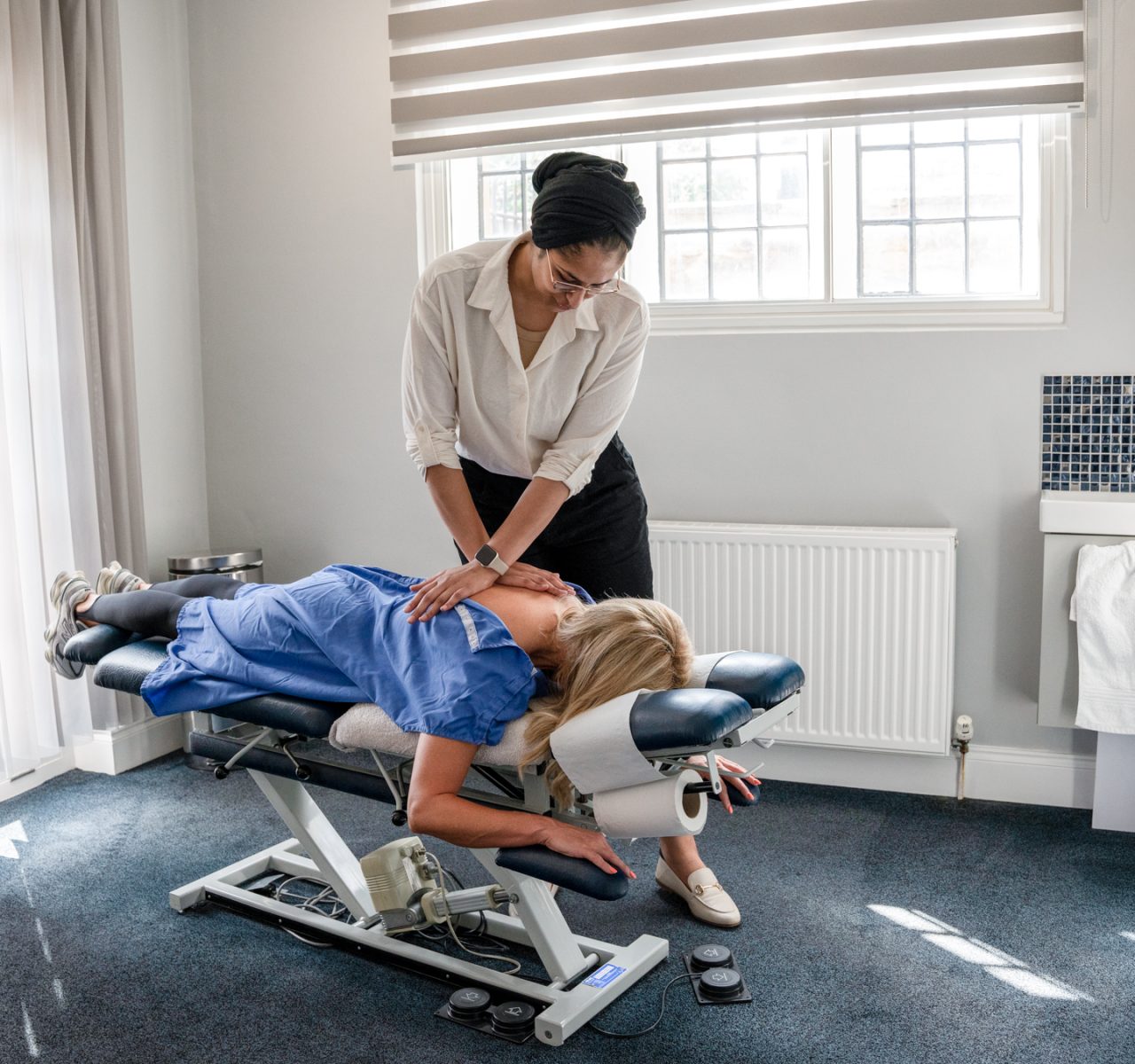
Gardening and Chiropractic Treatment
Chiropractic; If you get back pain from gardening, it is likely that you already have an underlying problem that needs attention.
Chiropractic treatment always includes advice on stretching exercises. Stretching is a great way to keep muscles and joints relaxed, mobile and feeling well. Stretching is also simple, requires no special equipment and can be done almost anywhere at any time for free.
Stretching can be a great help to reduce pain and improve mobility, but it can also be detrimental to your improvement if done incorrectly or if the wrong exercises are used for the type of injury you have.

Want to know more? Request a Callback
Or give us a call, to find out how we can help you with Stretching And Chiropractic Treatment.
Book an Appointment
Schedule an appointment for Stretching And Chiropractic Treatment tailored to your needs.
For general, daily stretching, here are some key reminders:
Pain Is Not Gain! Only stretch to the point of feeling a gentle tightness in the muscle, and then hold that position. If you start to feel pain, back off. The whole notion of “no pain, no gain” does not apply to stretching. And if it’s still painful, even after backing off, then go and get it checked out!
Hold It! Hold the stretch for 20-30 seconds (and don’t bounce). Bouncing triggers a reflex (the stretch/myotatic reflex) within the muscle which causes it to contract and tighten up, which is counterproductive to the stretch.
Make it a habit! Consistency is key to getting the full benefit of stretching. We recommend trying to stretch about three times throughout the day. It doesn’t need to be your entire body. Pick a couple of ‘problem areas’, tight spots where you feel tension building up and focus on them.
Almost everyone can benefit from stretching the soft tissues – the muscles, ligaments and tendons – in the hips, legs and buttocks. The spinal column and its muscles, ligaments and tendons are all designed to move and limitations in this motion can make back pain worse.
It is important to know that the spine is a chain of 24 segments or vertebrae and each segment has a limit of how far it can move safely. If it moves further than normal you get an injury and pain. The individual vertebrae in the lower back have the capacity to move 2-5 degrees in rotation individually, which is not much!
When you do general mobility exercises, the most flexible part will move the most and the stiff part of your spine will only move slightly, if at all, before you feel pain from the flexible part. There is no evidence to show that improving your general spinal movement will reduce your back pain, or neck pain!
Chiropractic manipulation is very specific and precise. We can select exactly which vertebrae to move to avoid putting stress on the unstable part. This is why it is not advisable to do general twisting exercises or hyperextension exercises if you have a back problem. Do the McKenzie exercises aggravate your problem? Then stop now!
So – don’t do general spinal stretching if you have back problems! When Starting a Stretching Routine Keep the following in mind when starting a stretching routine as part of a program of back exercises:
If you need to stretch a muscle group often to keep it relaxed, there is an underlying reason which should be investigated!
Neck and Shoulder Stretches If you already have low back pain or neck pain, it is best to check with a chiropractor and discuss whether the following neck, shoulder and lower back pain exercises should be done.
A stiff back is sometimes accompanied by a stiff neck, and the following exercises can be done to stretch the neck and shoulder area.
Flexion Stretch—Chin to Chest While standing or sitting, gently bend the head forward while bringing the chin toward the chest until a stretch is felt in the back of the neck.
Lateral Flexion—Ear to Shoulder This exercise stretches the neck area below the ears as well as the top of the shoulder. To begin, gently bend the neck to one side as if to touch the ear to the shoulder until a stretch is felt in the side of the neck. Switch to stretch the other side.
Many back pain patients know the feeling of tension in the back, especially first thing in the morning. These stretching back exercises can help bring back some suppleness and increase mobility, decreasing back pain and discomfort.
If you would like more information on pain relief and stretching contact us here.